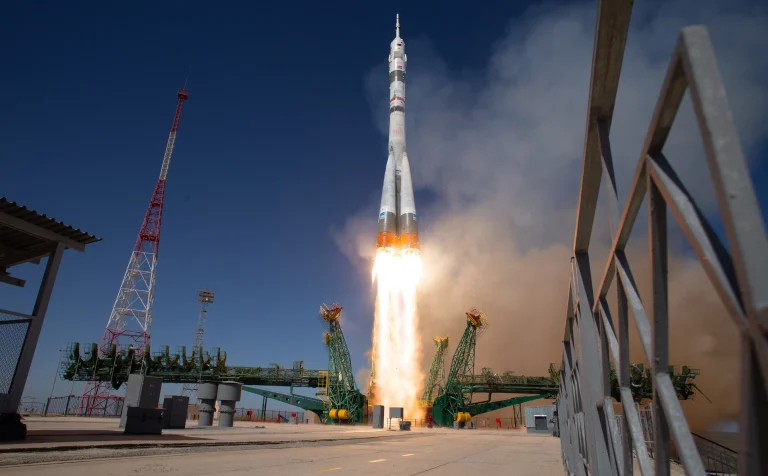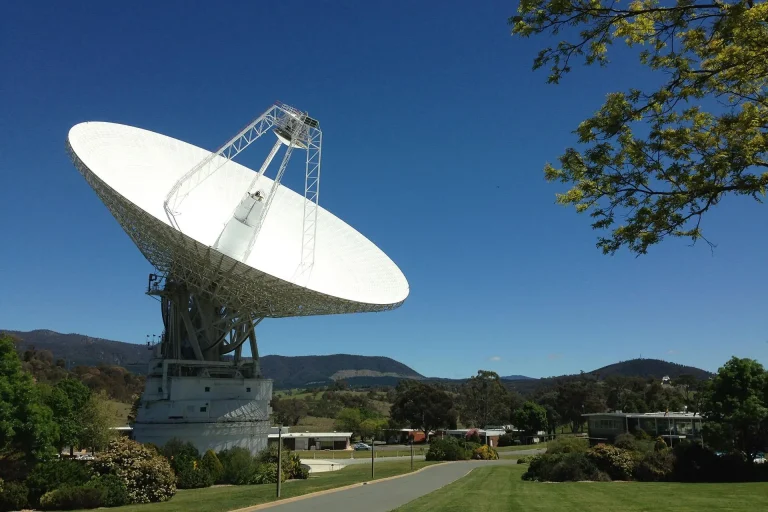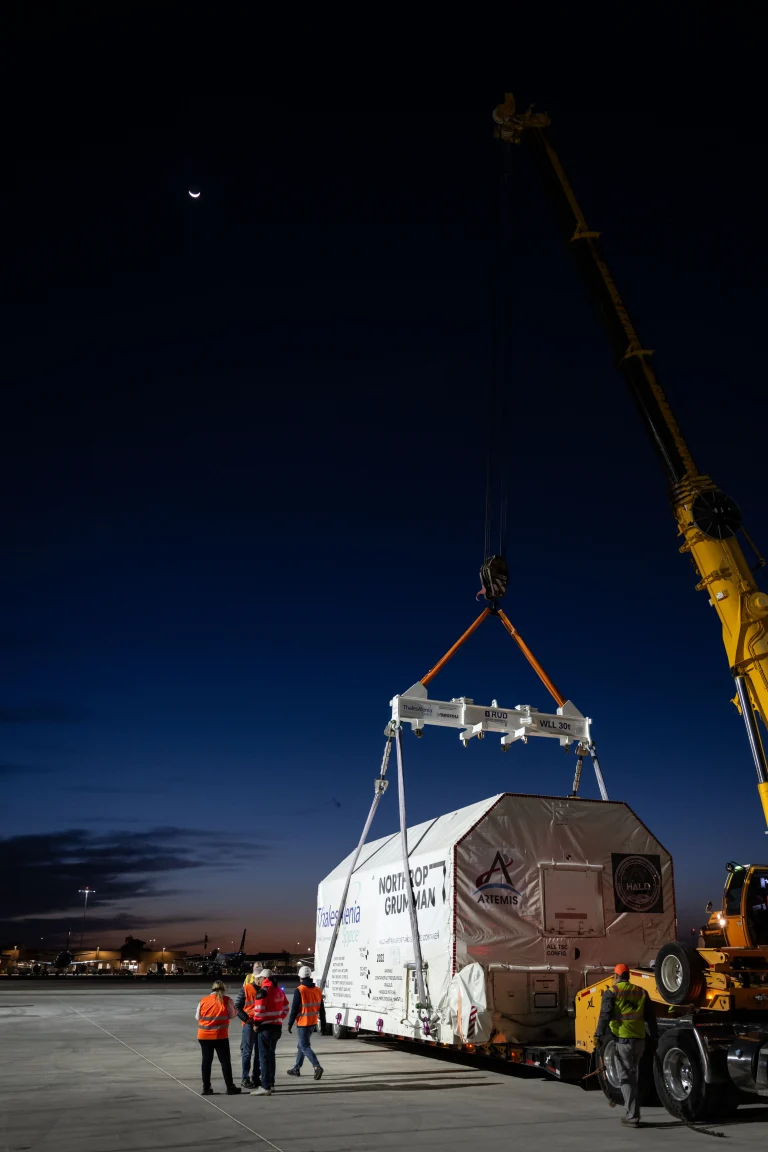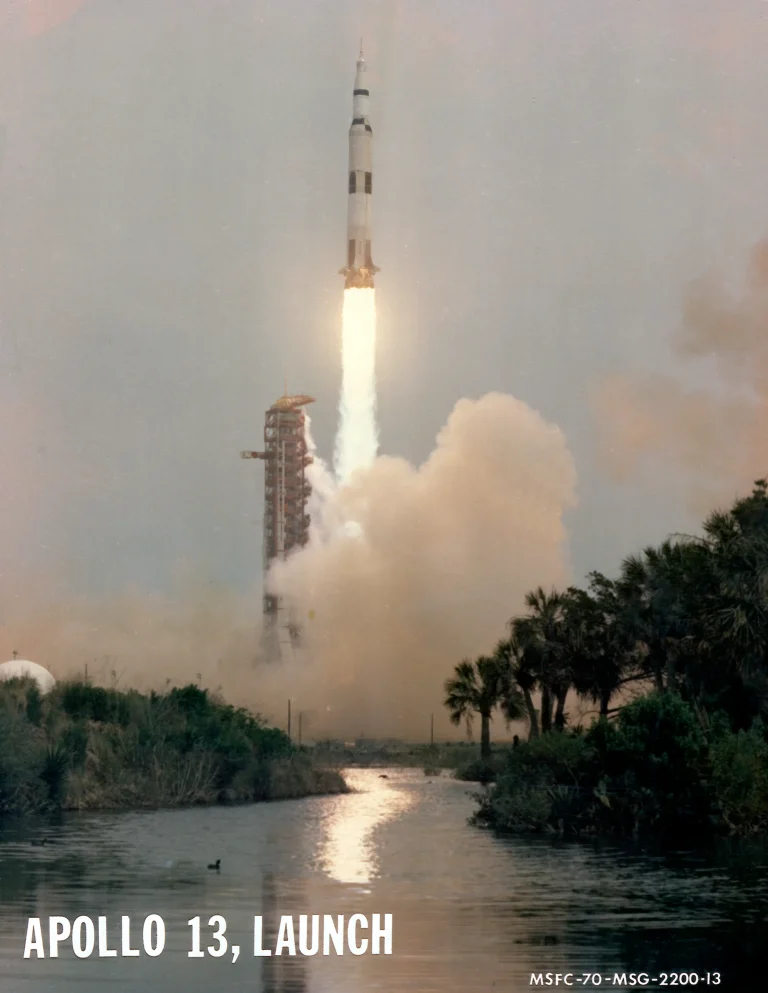NASA’s Curiosity Mars Rover touched down eight years ago, on Aug. 5, 2012, and will soon be joined by another rover, Perseverance, which launched on July 30, 2020.
Curiosity has seen a lot since it first set its wheels inside the 96-mile-wide (154-kilometer-wide) basin of Gale Crater. Its mission: to study whether Mars had the water, chemical building blocks, and energy sources that may have supported microbial life billions of years ago.
Since touchdown, the rover journeyed more than 14 miles (23 kilometers), drilling 26 rock samples and scooping six soil samples along the way as it revealed that ancient Mars was indeed suitable for life. Studying the textures and compositions of ancient rock strata is helping scientists piece together how the Martian climate changed over time, losing its lakes and streams until it became the cold desert it is today.
Curiosity took this selfie on Martian Sol 2082 (June 15, 2018 Earth time).
Image Credit: NASA/JPL-Caltech
美国国家航空航天局(NASA)的好奇号火星探测器(Curiosity Mars Rover)于8年前于2012年8月5日降落,不久另一艘名为毅力号(Perseverance)的火星探测器也加入其中。毅力号火星探测器于2020年7月30日发射升空。
自从好奇号首次进入宽达96英里(154公里)的盖尔陨石坑盆地以来,它已经看到了很多东西。它的任务是研究火星上是否有数十亿年前可能支持微生物生命的水、化学物质和能源。
自着陆以来,火星探测器行驶了14英里(23公里)多,一路钻取了26个岩石样本,挖取了6个土壤样本,这表明古代火星确实适合生命存在。研究古代岩层的结构和组成有助于科学家弄清楚火星的气候如何随时间变化,失去湖泊和溪流,直到变成今天的寒冷沙漠。
好奇号在火星Sol 2082上拍摄了这张自拍照(地球时间2018年6月15日)。
图片来源:NASA / JPL-Caltech








人类向火星进发的先锋。